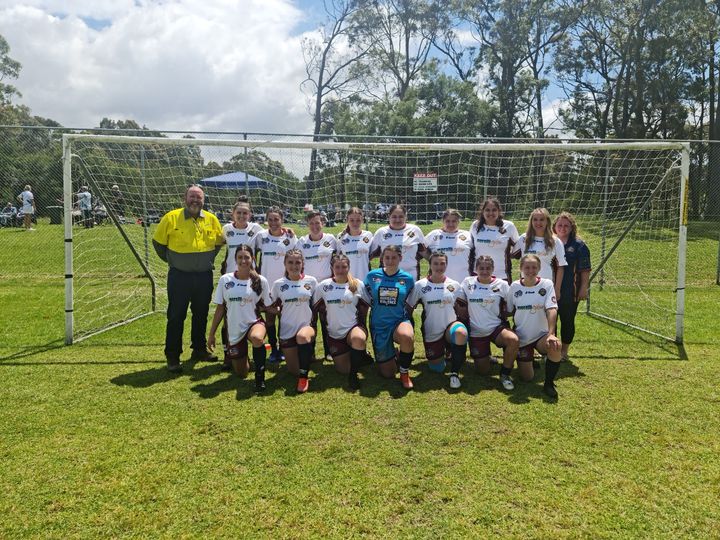Meralli prides itself on operating on a triple bottom line, but do we honestly stack up with our aim of balancing business success with environmental sustainability and social responsibility?
It’s probably not news that Meralli prides itself on operating on a triple bottom line. And we (internally) spend an awful lot of time talking about what a triple bottom line means in practical terms, and asking ourselves if we really can honestly say we stack up with our aim of balancing business success with environmental sustainability and social responsibility.
On the social responsibility front, a key practical component is choosing to purchase locally whenever possible. We know that injecting $$$ into a small regional community has an immediate impact, and that impact often lasts beyond the life of our team being in town during the build. Typically, we spend about 10% of the total build cost in the community where we are based. That includes purchasing tools, fuel, meals, accommodation, materials and supplies, waste management, recycling and hiring plant and equipment.
For the past couple of years David, along with Ashley Bland (from our great friends and partners Constructive Energy), has been helping Australian Agribusiness Leadership Program (via ARLF) through a focus on entrepreneurism and innovation in rural and regional Australia.
We’ve been working with Z-NET locally around the energy future and our experiences, and we have an ongoing relationship with the National Renewables in Ag Conference (see you in Dubbo next month).
We’re proud sponsors of the Moree Boars Rugby League Football Club for the next couple of years and we’re expecting a call soon from our friends at the Northern Nations FC about sponsorship to help them participate in the National Indigenous Soccer Titles (last held in Nowra). Methuen was lucky enough to be there (see show below).

We’ve worked with local custodians, the Anaiwan people, and sought permission to use the name ‘Nyroora’ which translates as ‘sun’ in the local dialect as the new name for the Thunderbolt Solar Farm we are developing here in Uralla. We think giving this development a nod to the custodians of this land is important. And beyond the solar farm itself, we are looking at the site for its potential as a renewable energy light industrial precinct. We are in the early stages of planning Meralli’s future headquarters and workshops at this site and how we can reduce the environmental footprint of what and how we build is high on the agenda.
We’ve spoken previously about our transition across to EVs but central to our environmental goals is that the PEG substructure has a C02 footprint significantly lower than other substructures. And 30 years into the future when the life of the plants we’ve just built come to an end, each site can be fully recycled (including the panels as that technology comes online) and the site itself can, if required, be quickly and easily transformed back to its original condition.
We think the short answer to the question is yes. We are proud to say we do think we can say we operate a genuine triple bottom line. But we’ve learnt that you need to make sure you constantly assess decision-making against each of those pillars which is not always an easy task.
– Ed, Business Development Lead
Read the Meralli Solar Newsletter in full here.

